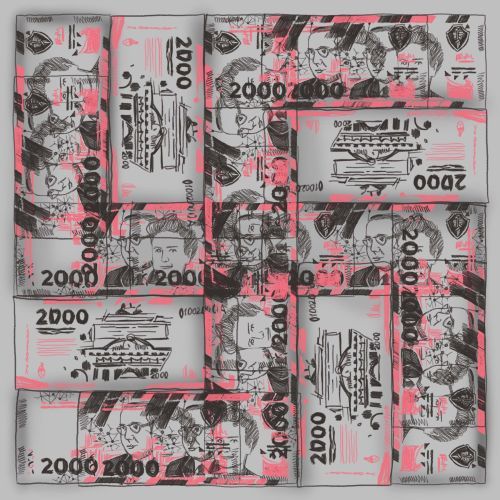Nappy-blended concrete and the advantages of medieval almshouses
According to a study by researchers at Bayes Business School, less affluent, elderly residents of English almshouses built hundreds of years ago may live longer than many wealthier people living in other locations. Some of these almshouses were built in the Middle Ages, usually by charities for low-income people. Their inhabitants live, on average, 2 to 4 years longer from the moment they are admitted to the asylum than other people of their age. The researchers believe the increase in longevity may be due to the community spirit surrounding asylums, which in turn may contribute to better physical and mental health and “help fight the epidemic of loneliness among older age groups.”
In Indonesia, a concrete house prototype was built by mixing cement, sand, gravel and blended nappies. The house was built to solve two environmental problems simultaneously – the need for sand and waste disposal from disposable diapers. Disposable diapers are a growing source of non-recyclable waste, and cement production accounts for almost 7% of global greenhouse gas emissions and uses around 50 billion tonnes of sand annually. Researchers at the Japan’s University of Kitakyushu have found that shredded, dirty diapers can replace 9 to 40 per cent of the sand used to make concrete while maintaining its strength. In addition, nappy-blended concrete will help build more affordable housing in low- and middle-income communities.























